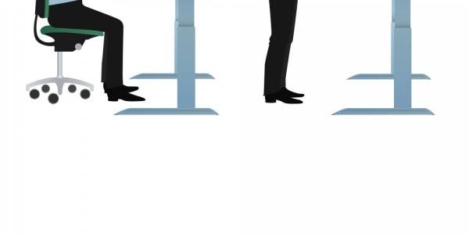June 9, 2015
Inquiry launched to explore the links between design and behaviour
 A parliamentary inquiry into the effects of design on behaviour has been launched by the Design Commission. The eight month process was announced at an event in Parliament yesterday by architect Richard Rogers and will begin with a call for submissions which will end on 3 July. The inquiry will be led by Bartlett dean Alan Penn and Janet Whitaker, vice-chair of the All-Party Parliamentary Design and Innovation Group (APDIG) and who helped to establish the House of Lords on committee on the built environment. The inquiry aims to explore how the design of the built environment can have a positive impact on behaviour, and present a number of case studies of best practice as well as report back to Parliament with recommendations “designed to stimulate new thinking in planning policy across central and local government”.
A parliamentary inquiry into the effects of design on behaviour has been launched by the Design Commission. The eight month process was announced at an event in Parliament yesterday by architect Richard Rogers and will begin with a call for submissions which will end on 3 July. The inquiry will be led by Bartlett dean Alan Penn and Janet Whitaker, vice-chair of the All-Party Parliamentary Design and Innovation Group (APDIG) and who helped to establish the House of Lords on committee on the built environment. The inquiry aims to explore how the design of the built environment can have a positive impact on behaviour, and present a number of case studies of best practice as well as report back to Parliament with recommendations “designed to stimulate new thinking in planning policy across central and local government”.











 A new study published yesterday in the British Journal of Sports Medicine claims that office workers spend far too much time sitting, are suffering from a range of conditions and illnesses as a result and so should be encouraged to spend up to half of each working while standing. The report,
A new study published yesterday in the British Journal of Sports Medicine claims that office workers spend far too much time sitting, are suffering from a range of conditions and illnesses as a result and so should be encouraged to spend up to half of each working while standing. The report, 






















June 8, 2015
Three reasons why National Work From Home Day has it all wrong
by Mark Eltringham • Comment, Flexible working, Public Sector, Technology
Last Friday was National Work From Home Day in the UK. Each year, the TUC and organisers Work Wise seem to take this as an opportunity to analyse data about the uptake of flexible working and arrive at the wrong conclusions. This year, its analysis of the ONS Labour Force Survey found that the number of people regularly working from home had increased by more than 800,000 since 2005, taking the total to over 4.2 million. These are solid enough data, but what are we to make of TUC General Secretary Frances O’Grady’s conclusion that: “these figures show millions of British workers have adopted homeworking and are enjoying a better work-life balance, while saving time and money on costly commuting that benefits no-one”? There are several reasons to suggest that he’s got that wrong to a large extent.
More →